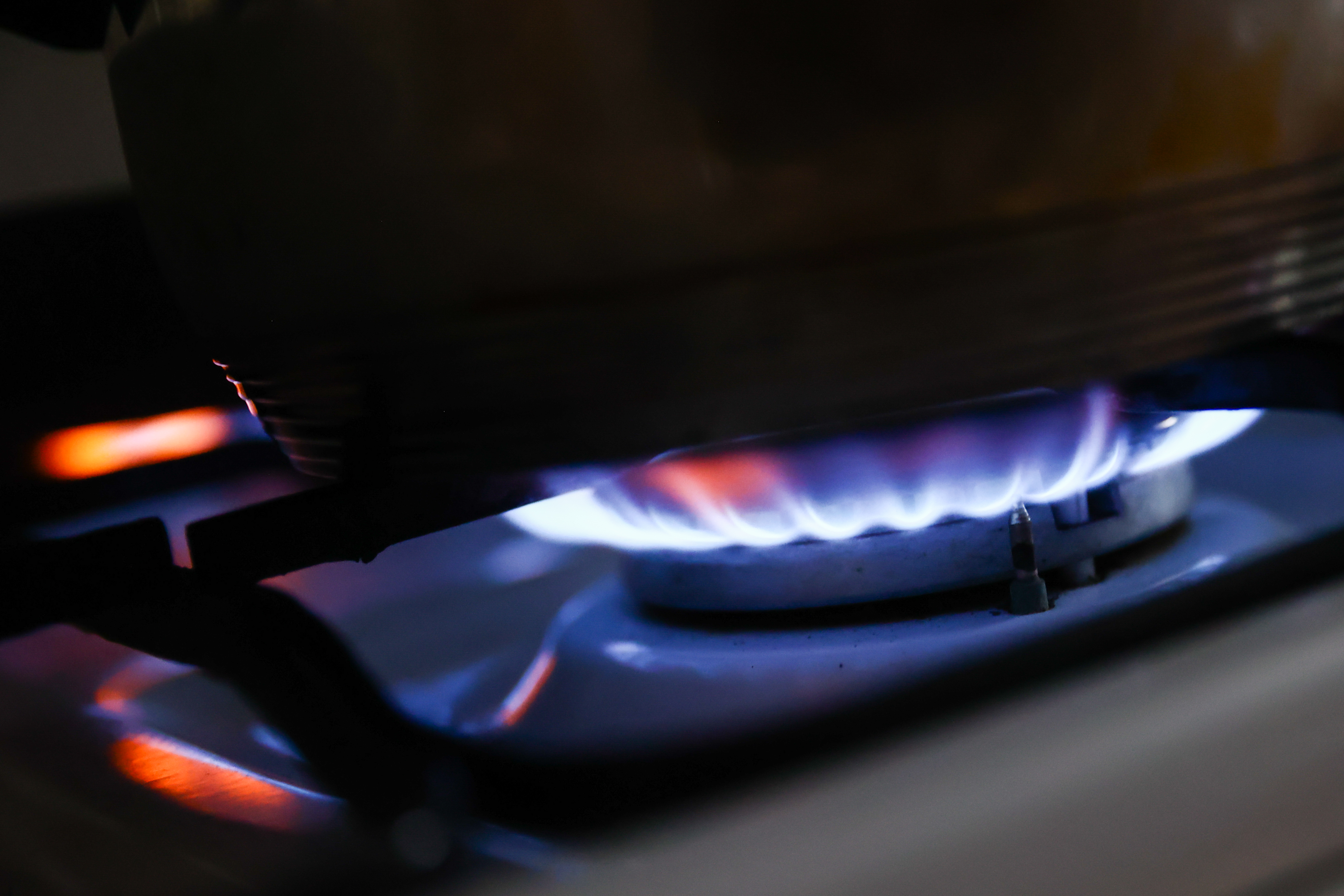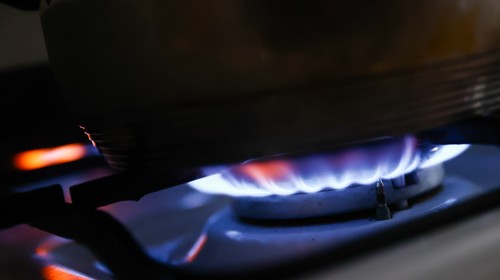
Getting Rid of Gas Stoves Could Lead to Mass Renovictions, Advocates Say
Decarbonizing California's housing stock could have some serious unintended consequences for renters.
Getting Rid of Gas Stoves Could Lead to Mass Renovictions, Advocates Say
Decarbonizing California's housing stock could have some serious unintended consequences for renters.
RA
By Roshan Abraham
November 8, 2023, 11:50am

IMAGE: NURPHOTO / CONTRIBUTOR VIA GETTY IMAGES
Housing advocates are worried that laws in California requiring that apartments get rid of fossil fuel-powered appliances like gas stoves could have an unintended side effect: providing cover for evictions.
The nonprofit Strategic Actions for a Just Economy (SAJE) released a reportoutlining how California’s efforts to decarbonize its housing stock could lead to evictions. The report looks at the many holes in the state’s tenant protections that could lead either to rent increases or the use of remodeling as a pretext for eviction. According to the report, decarbonization can lead to eviction as well as “harassment, rent burden, and the displacement of working-class renters if the right safeguards are not in place.”
Fossil fuel emissions from buildings account for 10-15 percent of California’s carbon emissions, and the building industry as a whole accounts for a quarter of the state’s emissions. A state energy assessment found that this mainly came from gas stoves and heaters, leaks from refrigerators and other indirect emissions from electricity use. The most widely-implemented retrofits are heat pumps to replace fossil fuel heaters as well as electric stoves. Some cities have set their own goals: Los Angeles will require all buildings to be retrofitted by 2050.
The state has set aside more funding for energy retrofits in the past few years, including$622 million for homes in low-income communities. But according to the SAJE report, these investments have not taken displacement pressures into account.
The report says that increased corporate ownership, a lack of affordable homes, and loopholes in existing tenant protections could leave the state’s 17 million tenants in a precarious position when buildings are electrified. Many renters already already rent-burdened, with nearly 80 percent of the state’s low-income renters spending more than half their income on rent, and the report warns that “decarbonization work that leads to rent increases that low-income households cannot afford or to buildings that are unsafe for tenants to live in, even temporarily, will trigger more evictions.”
Some California cities and counties have carve-outs that allow landlords to evict tenants while making renovations, a trend referred to as “renovictions,” something Motherboard covered earlier this year.
“Mandating building energy performance standards could exacerbate this problem, motivating landlords to use construction projects to displace tenants in order to see a quicker return on investment or capitalize on value-add to their properties,” the report warns.
The report says since most cities don’t have rent control laws, tenants are still subject to large rent increases. While many households are covered by a state law limiting rent increases at lease renewal, homes built in the past 15 years are exempt from the law. A 1995 state law also allows landlords to deregulate rent regulated units that become vacant. According to the report, “The law also exempts single-family homes and condominiums as well as residential buildings constructed after 1995 from local rent-control laws.”
Another issue is the “Substantial Remodel Loophole” that’s carved into a state’s“Just Cause” eviction law.The loophole allows landlords to evict tenants if a home rehab will take more than 30 days or is considered “unsafe” for the tenant. The report warns that building rehabs sometimes take months to complete and could spur evictions under this loophole. “Even if a retrofit can be done quickly and easily, an unscrupulous landlord might deceive tenants and city agencies by exaggerating the timeline or scope of work or prolonging the process deliberately to trigger an eviction,” according to SAJE.
Changes to the Just Cause law signed by Governor Newsom last month still allow landlords to evict tenants, but require a written notice detailing the work and informing tenants of their rights to re-occupy the unit. Another bill would seek to curb “renovictions” by increasing the relocation costs that landlords are required to pay when evicting tenants.
While there aren’t any widely-publicized examples of mass evictions based on energy retrofits yet, landlords have tried to evict tenants to put in safety improvements, including a large apartment complex in Los Angeles wheretenants were given eviction notices so the owners could install sprinklers.